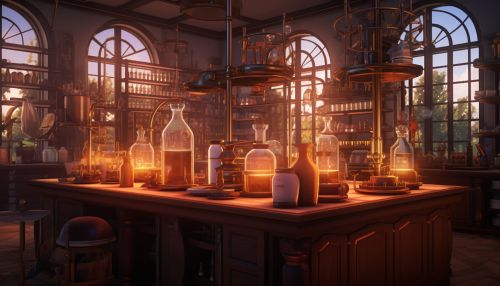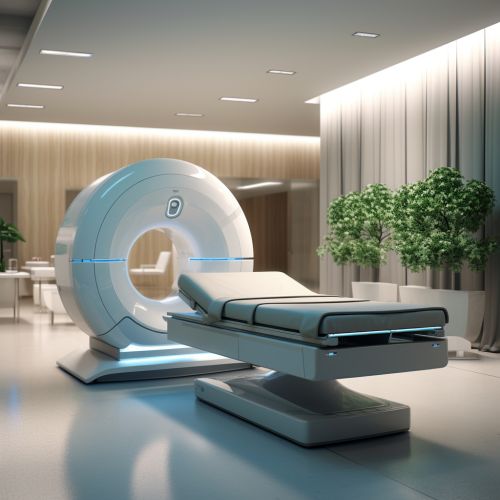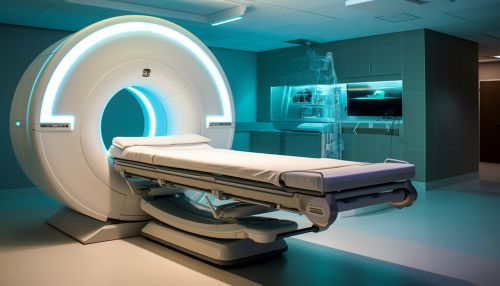Paul Lauterbur
Early Life and Education
Paul Christian Lauterbur was born on May 6, 1929, in Sidney, Ohio, United States. He was the son of Edward and Beatrice Lauterbur, who were of German descent. His interest in chemistry began at an early age, and he spent much of his childhood experimenting with homemade chemical sets.


Lauterbur graduated from Sidney High School in 1947 and went on to attend the Case Institute of Technology in Cleveland, Ohio, where he earned his Bachelor of Science degree in Chemistry in 1951. He later pursued his Ph.D. in Chemistry at the University of Pittsburgh, which he received in 1962.
Career and Research
After completing his doctorate, Lauterbur joined the Mellon Institute in Pittsburgh as a research associate. Here, he began his pioneering work in Nuclear Magnetic Resonance (NMR), a technique that uses the magnetic properties of certain atomic nuclei to determine the physical and chemical properties of molecules.
In 1969, Lauterbur moved to the State University of New York (SUNY) at Stony Brook, where he continued his research on NMR. It was during this time that he made his groundbreaking discovery that would revolutionize the field of medical imaging.
Invention of MRI
Lauterbur's most significant contribution to science was his development of the Magnetic Resonance Imaging (MRI) technique. In 1971, he discovered that he could create a two-dimensional image using NMR by introducing gradients in the magnetic field. This allowed him to determine the location of atoms in a sample, thereby creating an image of the sample.


This discovery was a major breakthrough, as it provided a non-invasive method to visualize the internal structures of the body in high detail. Lauterbur's technique was later refined and developed into the MRI machines that are widely used in hospitals and clinics today.
Later Career and Death
In 1985, Lauterbur joined the faculty of the University of Illinois at Urbana-Champaign, where he served as a professor of chemistry, biophysics, and bioengineering. He continued his research on MRI, focusing on its applications in medical diagnostics and treatment.
Lauterbur passed away on March 27, 2007, in Urbana, Illinois, due to kidney disease. His legacy lives on in the countless lives saved and improved by the MRI technology he helped to develop.
Awards and Honors
Throughout his career, Lauterbur received numerous awards and honors for his contributions to science. In 2003, he was awarded the Nobel Prize in Physiology or Medicine along with Sir Peter Mansfield for their discoveries concerning magnetic resonance imaging.
Other notable awards include the National Medal of Science in 1987, the Kyoto Prize in Advanced Technology in 1994, and the induction into the National Inventors Hall of Fame in 2007.
Impact and Legacy
Lauterbur's invention of the MRI has had a profound impact on the field of medicine. It has revolutionized the way doctors diagnose and treat diseases, and has saved countless lives by enabling early detection of conditions such as cancer, heart disease, and neurological disorders.
His work has also influenced other areas of science and technology, including chemistry, physics, and engineering. His pioneering use of NMR has opened up new avenues of research and has led to the development of other imaging techniques.
Lauterbur's legacy continues to inspire scientists and researchers around the world, and his contributions to medical imaging will forever be remembered.
